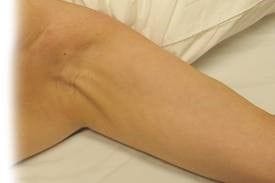)
)
)
)
)
)
)
)
)
)
)
)
)


[1] Bergmann et al Breast Cancer Res Treat. 2012 Feb;131(3):987-92. doi: 10.1007/s10549-011-1805-7. Epub 2011 Oct 11.
| Tags:Cancer |
)
| Posted in:LaserLymphoedemaMassagebreast cancer |
)
| Posted in:VertigoCOVID-19 |
Our physiotherapists are trained to recognise, assess and treat patients that are suffering from vertigo from a vestibular origin such as Benign Paroxysmal Positional Vertigo (BPPV), vestibular neuronitis/labyrinthitis and following acoustic neuroma resection.
read more